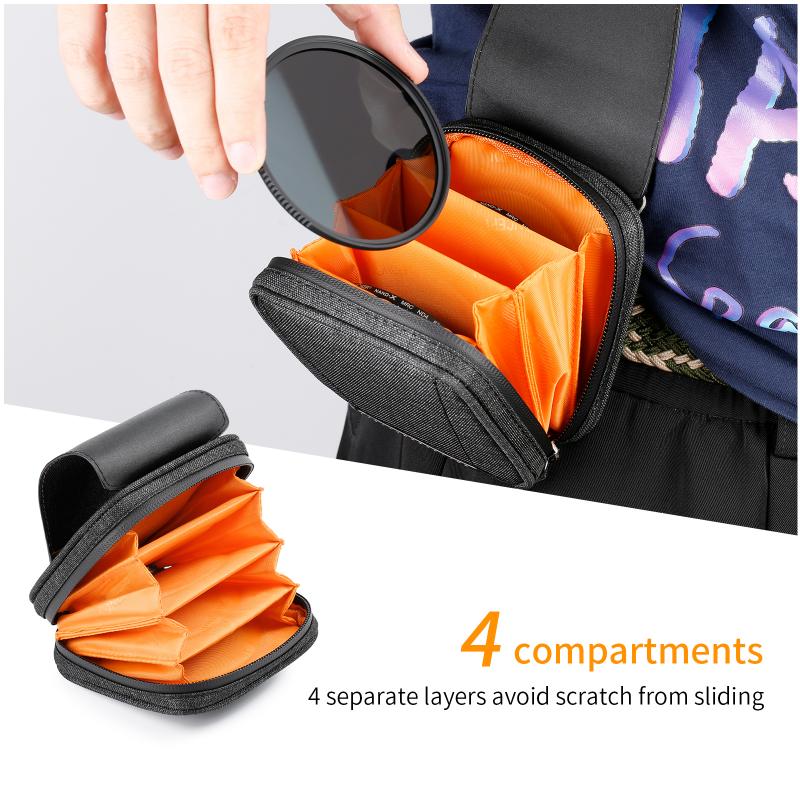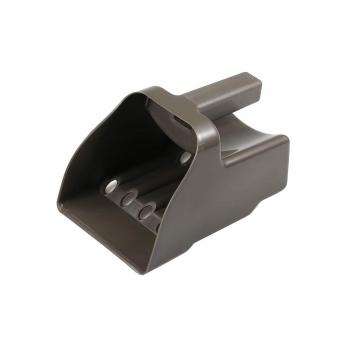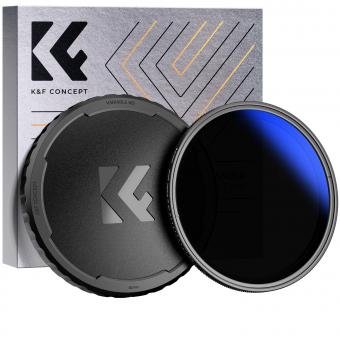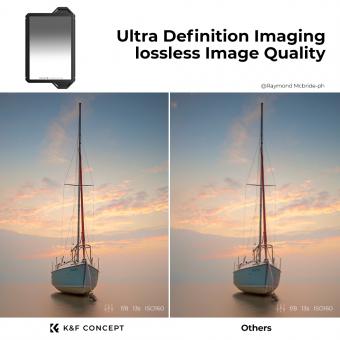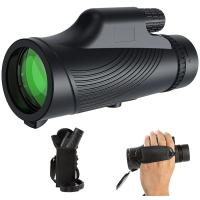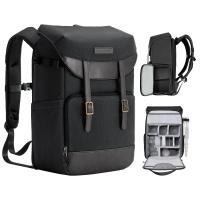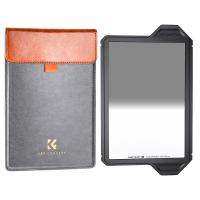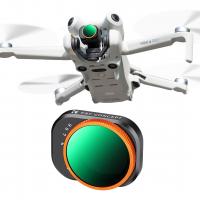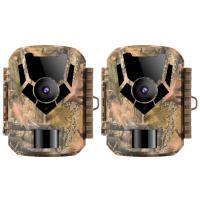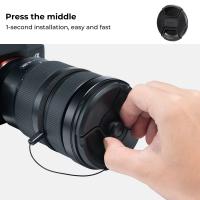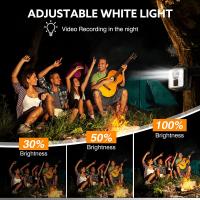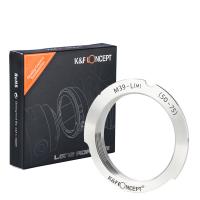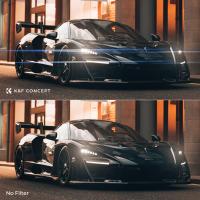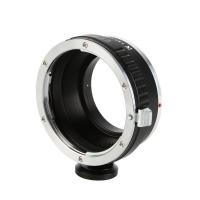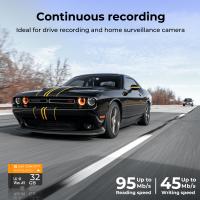What The Ideal Nd Stop Filter For Video ?
The ideal ND (Neutral Density) stop filter for video depends on various factors such as the lighting conditions, desired exposure, and the specific camera being used. It is common to have a range of ND filters with different stops (e.g., 1-stop, 2-stop, 3-stop, etc.) to accommodate different shooting scenarios. The choice of the ideal ND stop filter will ultimately depend on the specific requirements of the video shoot and the creative vision of the filmmaker or cinematographer.
1、 Neutral Density (ND) Filters: Explained and Types
The ideal ND filter for video is one that effectively reduces the amount of light entering the camera without altering the color or quality of the image. ND filters are commonly used in videography to control exposure in bright conditions, allowing for wider apertures, slower shutter speeds, or lower ISO settings.
There are various types of ND filters available, each with its own characteristics and uses. The most common types include fixed ND filters, variable ND filters, and graduated ND filters. Fixed ND filters have a specific light reduction factor, such as ND2, ND4, or ND8, and provide a consistent reduction in light across the entire frame. Variable ND filters, on the other hand, offer adjustable light reduction by rotating the filter, making them versatile for different lighting conditions. Graduated ND filters are useful for scenes with a significant difference in brightness between the sky and the foreground, as they darken the brighter areas while keeping the darker areas unaffected.
In recent years, there have been advancements in ND filter technology, with some filters incorporating additional features. For example, some filters now have anti-reflective coatings to minimize flare and ghosting, while others are designed to be slim and lightweight for easier use with wide-angle lenses. Additionally, some filters are made from high-quality materials to ensure minimal color shift or loss of image sharpness.
Ultimately, the ideal ND filter for video will depend on the specific requirements of the shoot, such as the lighting conditions, desired exposure settings, and creative intent. It is important to choose a filter that maintains the integrity of the image while effectively controlling the amount of light entering the camera.
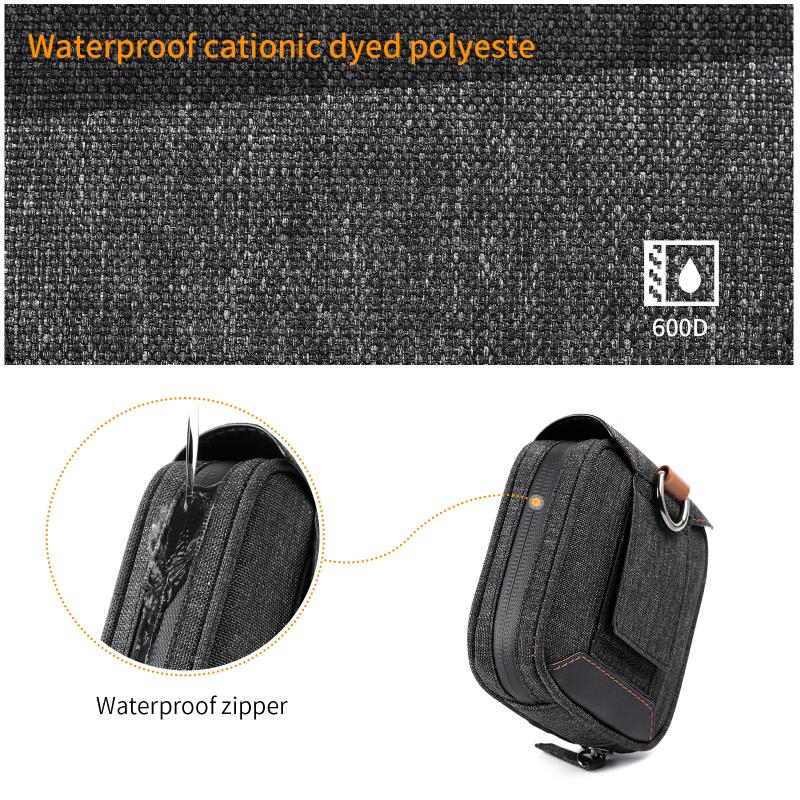
2、 Choosing the Right ND Filter for Video Shooting
The ideal ND (Neutral Density) filter for video shooting depends on various factors such as the shooting conditions, desired effect, and the camera setup. ND filters are essential tools for controlling exposure and achieving the desired depth of field in video footage. Here are some key points to consider when choosing the right ND filter for video shooting:
1. Filter Strength: ND filters come in different strengths, usually measured in stops. The ideal filter strength depends on the amount of light available and the desired exposure. Common strengths include ND2 (1-stop reduction), ND4 (2-stop reduction), and ND8 (3-stop reduction). However, stronger filters like ND16 or ND32 may be required for shooting in bright sunlight or when using wide apertures.
2. Filter Type: There are various types of ND filters available, including screw-on filters, square/rectangular filters with a filter holder, and variable ND filters. Screw-on filters are convenient and easy to use, while square/rectangular filters offer flexibility and the ability to stack multiple filters. Variable ND filters provide adjustable strength but may introduce color shifts or image quality degradation.
3. Image Quality: It is crucial to choose an ND filter that maintains the image quality and does not introduce unwanted artifacts or color shifts. High-quality filters made from optical glass or resin with multi-coating can help minimize these issues.
4. Compatibility: Ensure that the chosen ND filter is compatible with the lens diameter or filter holder system of your camera setup. Consider investing in a filter system that can be used with multiple lenses to maximize versatility.
5. Budget: ND filters are available at various price points. While it is tempting to opt for cheaper options, investing in a good quality filter can significantly improve the overall image quality and durability.
It is important to stay updated with the latest advancements in ND filter technology and user reviews to make an informed decision. Ultimately, the ideal ND filter for video shooting will depend on your specific requirements and shooting conditions.
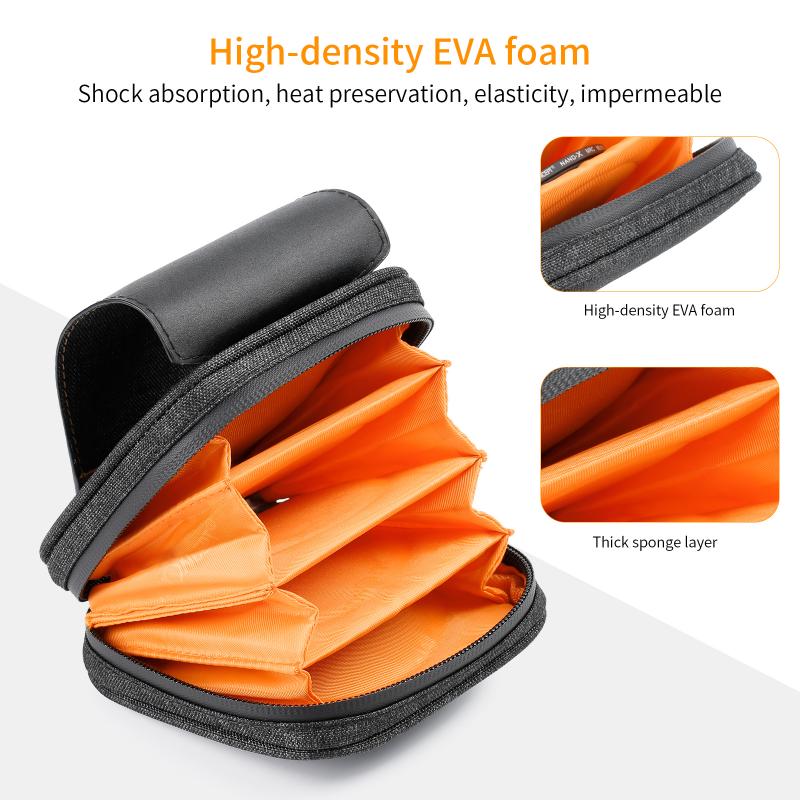
3、 Understanding ND Filter Strengths and F-Stops
The ideal ND filter for video depends on various factors such as lighting conditions, desired exposure, and creative intent. ND filters are used to reduce the amount of light entering the camera, allowing for longer exposures or wider apertures in bright conditions. They are commonly measured in terms of their optical density, which indicates the amount of light they block.
Understanding ND filter strengths and f-stops is crucial in choosing the right filter for video. ND filters are typically labeled with their f-stop reduction value, which indicates the number of stops the filter will decrease the exposure by. For example, a 1-stop ND filter will reduce the exposure by one f-stop, while a 3-stop ND filter will reduce it by three f-stops.
The ideal ND filter strength for video will depend on the specific shooting situation. In bright daylight, a stronger ND filter like a 6-stop or 10-stop may be necessary to achieve a desired exposure and maintain a shallow depth of field. These filters are commonly used in landscape or outdoor videography.
On the other hand, a lighter ND filter like a 1-stop or 2-stop may be sufficient for shooting in slightly overcast conditions or during golden hour. These filters can help control exposure without drastically affecting the depth of field.
It's important to note that the ideal ND filter strength may vary depending on personal preference and the specific look you want to achieve. Some videographers prefer to use stronger ND filters to create long exposure effects or to capture motion blur, while others may opt for lighter filters to maintain a more natural look.
In recent years, variable ND filters have gained popularity among videographers. These filters allow for adjustable ND strength, providing flexibility in different lighting conditions without the need to carry multiple filters. However, it's worth noting that variable ND filters may introduce some image quality issues such as color cast or loss of sharpness, so it's important to choose a high-quality variable ND filter if opting for this option.
Ultimately, the ideal ND filter for video will depend on the specific shooting conditions and creative goals. It's recommended to have a range of ND filters available to adapt to different lighting situations and achieve the desired exposure and depth of field.
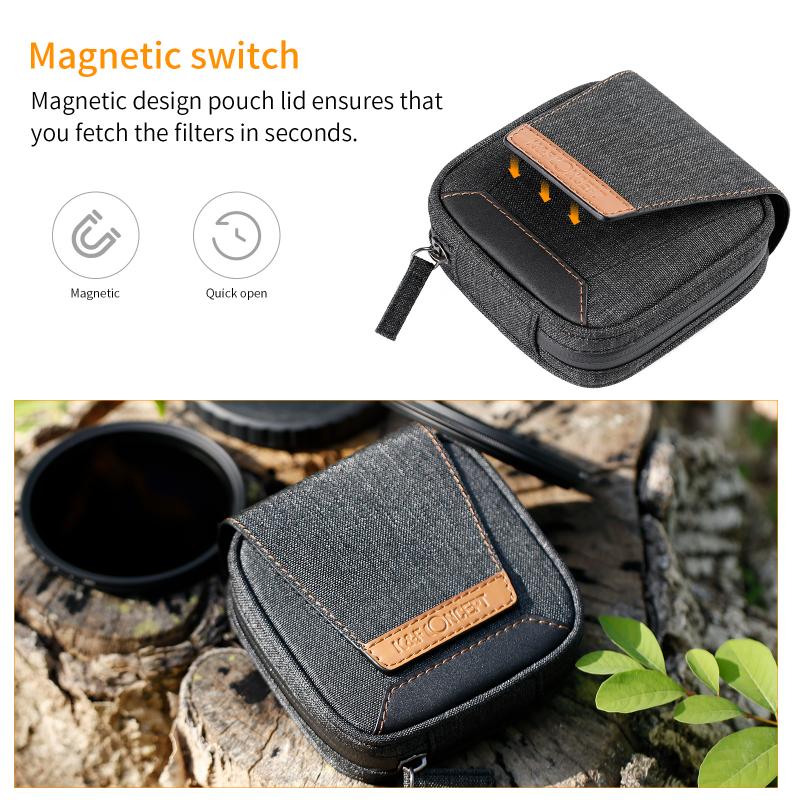
4、 Variable ND Filters: Pros, Cons, and Usage Tips
The ideal ND (Neutral Density) filter for video would be a variable ND filter. Variable ND filters offer a range of light reduction options in a single filter, allowing for easy adjustment of exposure without changing the aperture or shutter speed settings. This makes them highly versatile and convenient for videographers.
One of the main advantages of variable ND filters is their ability to provide a smooth and seamless transition between different levels of light reduction. This is particularly useful in situations where lighting conditions may change rapidly, such as outdoor shoots. With a variable ND filter, videographers can quickly adapt to these changes without having to constantly swap out different fixed ND filters.
However, it is important to note that variable ND filters do have some drawbacks. One common issue is the potential for color cast or image quality degradation. Cheaper variable ND filters may introduce a color shift or loss of sharpness, which can negatively impact the overall video quality. Therefore, it is crucial to invest in high-quality variable ND filters from reputable brands to minimize these issues.
Additionally, variable ND filters may not be suitable for all types of video shooting. For instance, when shooting with wide-angle lenses, some variable ND filters may cause a noticeable "X" pattern or vignetting effect. This is known as the "cross effect" and can be a limitation of certain variable ND filters.
In conclusion, the ideal ND filter for video would be a high-quality variable ND filter. It offers convenience, versatility, and the ability to adapt to changing lighting conditions seamlessly. However, it is important to choose a reputable brand to ensure minimal color cast and image quality degradation.
